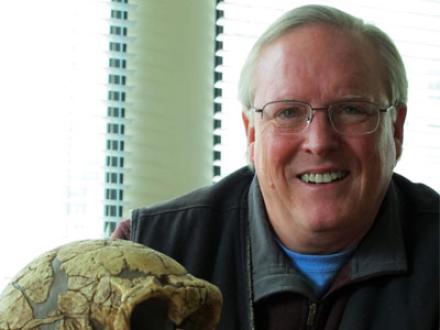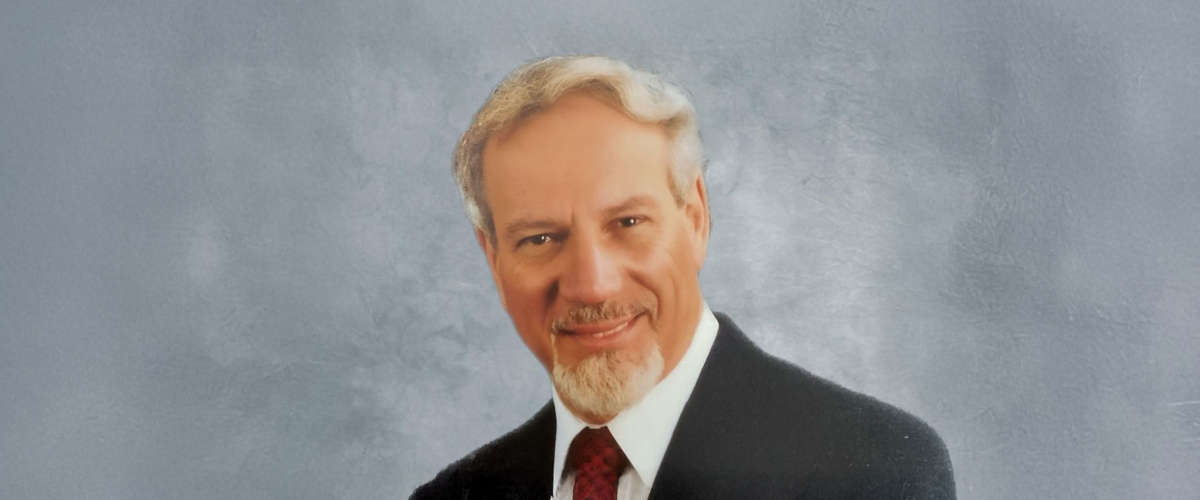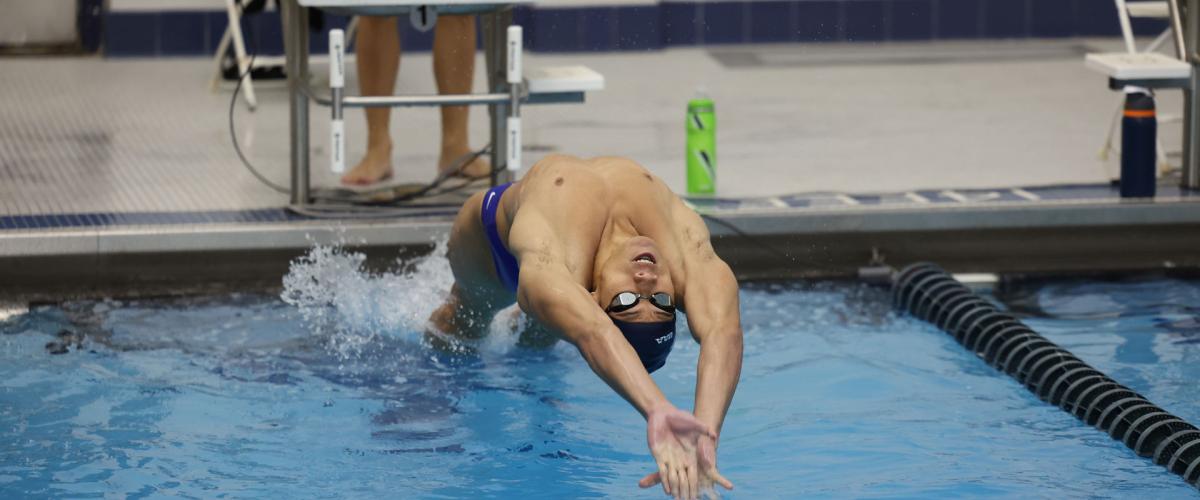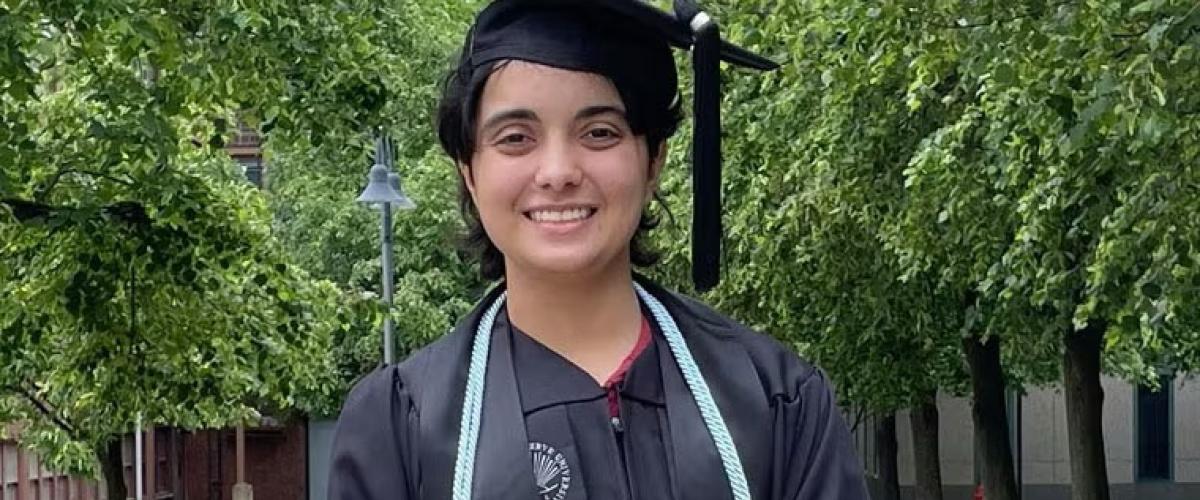
Emeritus orthodontics professor Bruce Latimer passes away
Bruce Latimer was a scholar who left a lasting legacy that furthered our understanding of the evolution of upright walking in humans. He was also a beloved colleague, friend and mentor who, according to his colleagues, wasn’t afraid to give someone the shoes off his feet or liven the evening in a cave by improvising a blues song about the monotony of a caveman’s diet.
Friends, family, colleagues and former students are mourning the death of the emeritus orthodontics professor at Case Western Reserve University School of Dental Medicine and former executive director and chief executive officer of the Cleveland Museum of Natural History (CMNH). Latimer died last month at 71.
“Bruce was a wonderful scientist, educator and colleague,” said Scott Simpson, a professor of anatomy at the School of Medicine. “He had a naturalist’s eye for biological variation and a tremendous knowledge of human anatomy and function.”
Since 1986, Latimer held various affiliations with CWRU: adjunct professor of anthropology and cognitive science in the College of Arts and Sciences, professor of orthodontics at the dental school, and professor of anatomy and director of the biological anthropology program in the School of Medicine.
In 2009, he stepped down from CMNH to devote more time to teaching, and became the founding director of the Center of Human Origins and founding fellow of the Institute for the Science of Origins. He also taught classes at Cleveland State and Kent State universities, as well as the Cleveland Institute of Art. During his career, he conducted field work in Ethiopia, Kenya, Tanzania, South Africa, Israel and Russia.
Latimer grew up in Southern Ohio, earned a bachelor’s degree in anthropology at the University of Arizona in 1975 and a master’s degree in physical anthropology at Case Western Reserve in 1978. For his PhD in biomedical sciences at Kent State University in 1988, Latimer worked with his advisor, anthropology professor Owen Lovejoy, and Donald Johanson, then a CWRU paleoanthropologist, on the skeleton known as Lucy. At 3.2 million years old, she is among the oldest human ancestors and the first to walk upright.
Starting as a graduate student in 1976, Latimer worked at CMNH, where Lucy’s skeleton was originally housed after its discovery two years earlier by Johanson.
Simpson, who is also a professor of biology and anthropology in the College of Arts and Sciences, met Latimer as graduate students at Kent State. He recalled that Latimer’s early papers on the anatomy of Lucy’s foot and ankle “were significant and durable contributions that continue to set the standard for analyses of the evolution and function of the foot.”
Latimer’s scientific contributions are world-renowned, with more than 100 publications in the field of paleoanthropology. He was fascinated by the evolution of humans walking on two legs, and by the trade-offs that evolution made by adapting a spine meant for movement on four legs to an upright posture—with back pain as an inevitable consequence.
Israel Hershkovitz, an Israeli colleague who met Latimer on a sabbatical in 1992 at CMNH, said their conversations about the origins of human disease “shaped my own thinking and remain with me to this day.”
Hershkovitz, now an emeritus professor of anatomy and anthropology at Tel-Aviv University, continued working with Latimer in the 2010s on an excavation of Manot Cave in Israel, near the Lebanon border, that yielded important findings about human evolution. Mark Hans, professor and Chair of the Department of Orthodontics, said when Latimer joined the department to lead the Manot dig, he “brought a unique perspective to the field” and a different way of thinking.
“In the evenings we would gather together, Bruce would give a short lecture,” Hershkovitz said. “And then he would take out his small harmonica and play, soon joined by students and other teachers on various instruments.” Despite occasional rockets overhead from border clashes, “those evenings in the cave were full of warmth, music and laughter.”
Colleague Linda Spurlock, a professor of anthropology at Kent State University who met Latimer in the 1980s and also participated in the Manot dig, said he combined his storytelling skills with his amazing harmonica playing. Once, she recalled, he improvised a song about a little homo sapiens boy lamenting the monotony of his family’s diet.
“Archaeologists kept finding processed deer bones” in Manot Cave, she recalled, and Latimer’s blues song included the line, sung with envy, “‘Timmy’s dad cooked a turtle for the family!’”
Another former colleague recalled Latimer’s generosity. Yohannes Haile-Selassie, now a prominent paleoanthropologist and director of the Institute of Human Origins at Arizona State University, described his first-ever field season with Latimer in Ethiopia, when Haile-Selassie was not yet even a graduate student. Haile-Selassie’s only pair of shoes had disappeared from outside his tent overnight, possibly dragged away by a jackal.
“When Bruce heard me screaming, he asked me what happened,” he recalled. “He laughed and said, ‘I have another pair that you can use.’” Haile-Selassie said the shoes fit perfectly, but even if they hadn’t, he would have worn them anyway. “That is how I survived that first season,” he said. “Bruce’s generosity and kindness had no limits.”
Latimer is survived by his wife of 39 years, Cindy Cover, his daughter, Gracie, and brother John (Carolyn).
A celebration of life will be held Aug. 27 at 1 p.m. at the DeJohn Funeral Home and Celebrations Center of Chesterland (12811 Chillicothe Rd., Chesterland, OH). A gathering of friends and family will follow from 2-4 p.m. at the same location.
Students who would like support during this time are encouraged to contact University Health and Counseling Services at 216.368.5872. This line is staffed by a counselor 24 hours a day, seven days a week. Faculty and staff can access counseling at any time by calling AllOne Health (formerly IMPACT Solutions) at 1.800.227.6007.




